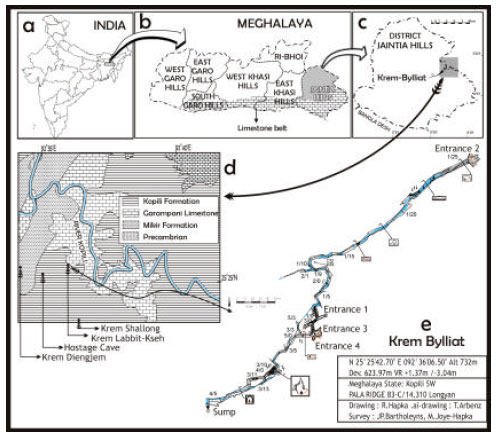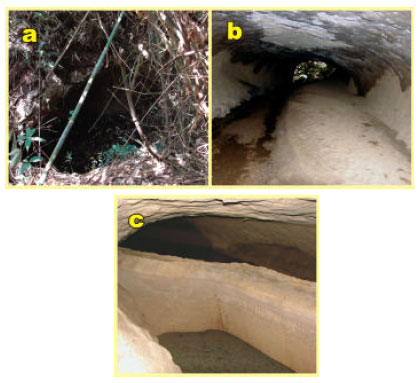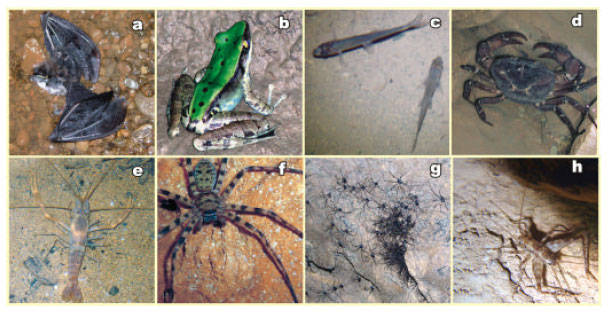Case Study
Krem Bylliat: The Harbour of Precedent Cavernicolous Representatives from the Jaintia Hills, Meghalaya, India
National Cave Research and Protection Organization, Central Zone, Raipur 492001, Chhattisgarh, India
Daniel B. Harries
School of Life Sciences, Heriot-Watt University, Edinburgh, Scotland EH14 4AS, UK











